Back pain is one of the most common reasons for medical visits and work absenteeism, affecting approximately 80% of adults at some point in their lives. It is hard to ignore because it impacts quality of life and reduces the ability to carry out daily activities. Sometimes, it disappears within minutes, hours, or days, but other times it persists and may be accompanied by additional symptoms.
In most cases, back pain has non-serious causes, such as overexertion, sudden movements, poor posture, a sedentary lifestyle, or an unsuitable mattress. When is it imperative to see a doctor?
- If the pain lasts longer than 6 weeks or worsens progressively;
- If the pain radiates to the buttocks, thighs, or knees (possible nerve compression);
- If weakness, numbness, or tingling occurs in the legs, buttocks, or pelvic area;
- If there is a loss of bladder or bowel control (incontinence or inability to urinate/defecate);
- If the pain is accompanied by unexplained weight loss, fever, dizziness, weakness, or pallor (possible signs of a systemic condition);
- If there is a personal or family history of cancer, osteoporosis, or endocrine disorders;
- In case of a spinal injury (fall from a height, workplace accident, car accident), which is usually associated with other traumas.
When you see a doctor, he will ask about your symptoms: when they started, how they manifest, intensity, and whether they are influenced by certain movements or positions. The doctor will also check for any of the warning signs listed above. Next, they will assess muscle strength, reflexes, and skin sensitivity. If nerve damage is suspected, imaging tests such as X-ray, CT, or MRI may be recommended. In most cases, treatment consists of rest, targeted muscle-strengthening exercises, and anti-inflammatory medication.
📌 Conclusion: Although back pain frequently affects quality of life, in most cases it is not caused by a serious condition. However recognizing the warning signs is essential for seeking medical attention in time and preventing complications.


 Addiction
Addiction Dental and Oral
Dental and Oral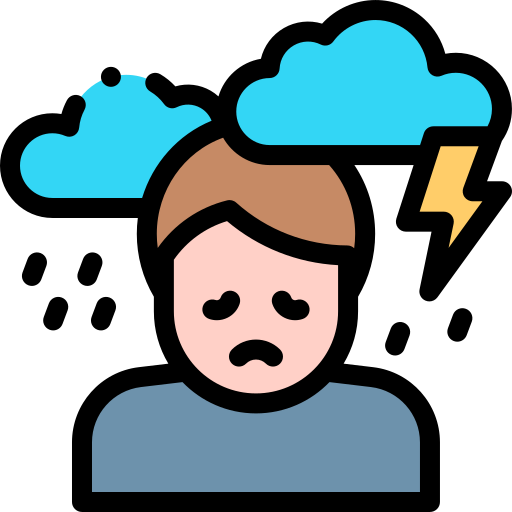 Depression
Depression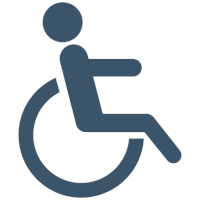 Disability
Disability ENT
ENT Eye Problem
Eye Problem Fever
Fever General Health
General Health Heart Issues
Heart Issues Liver Problems
Liver Problems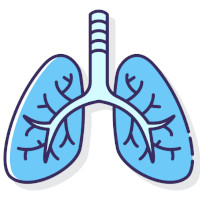 Lungs Problems
Lungs Problems Mental / Psychological
Mental / Psychological Neuro Health
Neuro Health Nutrition & Diet
Nutrition & Diet Orthopaedics / Bone
Orthopaedics / Bone Rare Diease / Genetic Condition
Rare Diease / Genetic Condition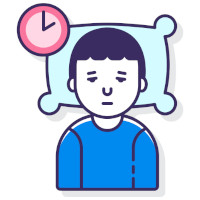 Sleep Issues
Sleep Issues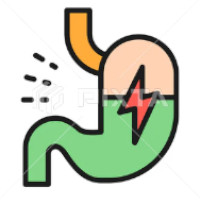 Stomach Problems
Stomach Problems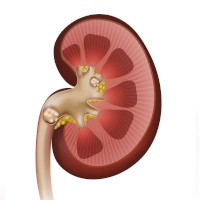 Stones
Stones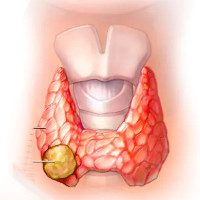 Thyroid Disorders
Thyroid Disorders Tumor / Cancer
Tumor / Cancer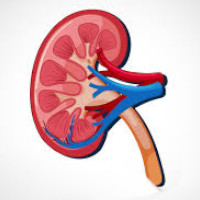 Urological Health
Urological Health Woman Health
Woman Health


You are not allowed to post comments on this article, but you can read existing comments.